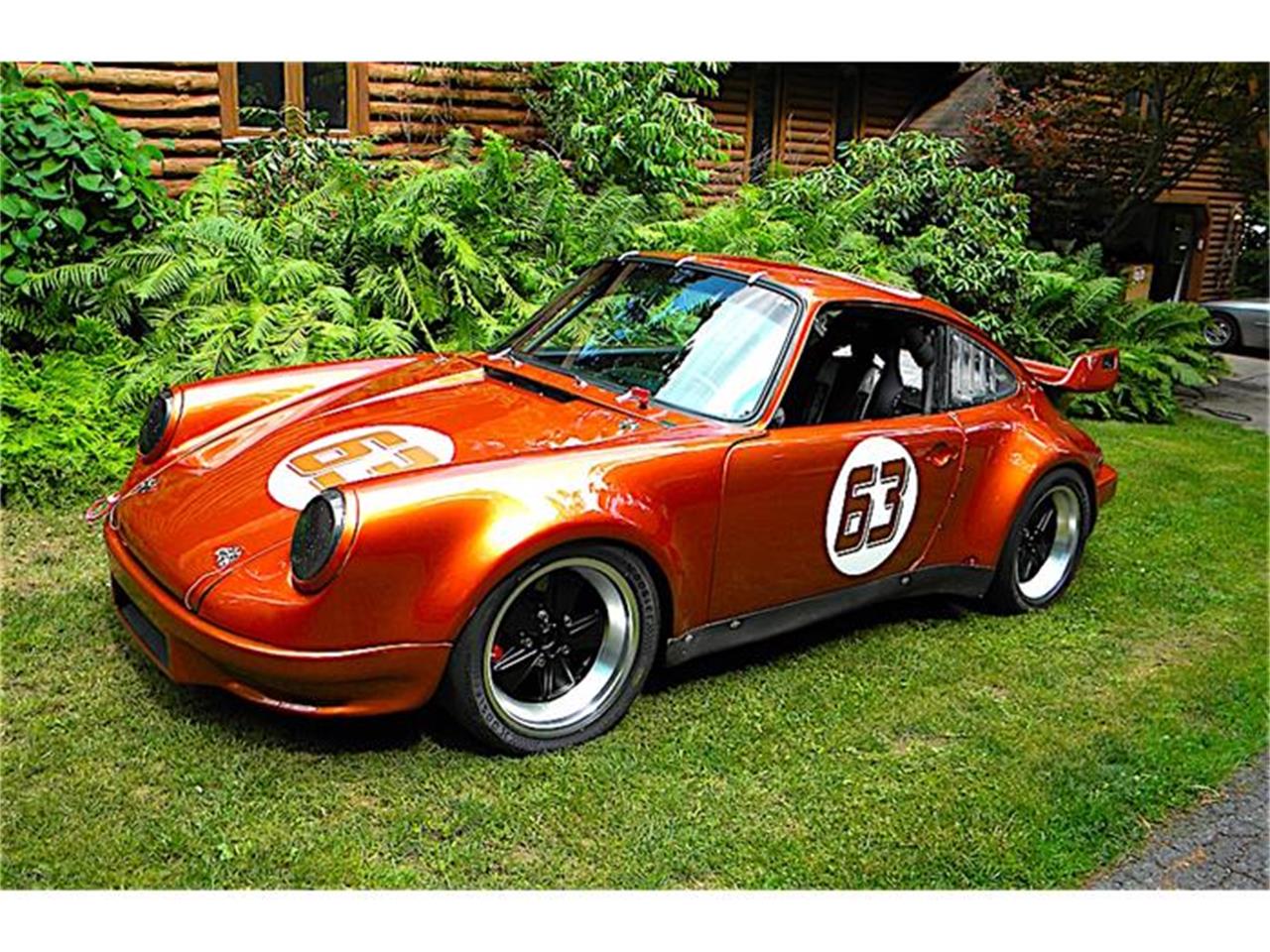Exploring The Iconic 1970 Porsche 911
Share

The year 1970 marked a pivotal moment in automotive history, particularly for the Porsche 911. This unique model not only embodies the spirit of driving but also represents a beautifully designed vehicle that continues to captivate enthusiasts and collectors alike. In this article, we will dive deep into the details and features that make the 1970 Porsche 911 a timeless classic, and why it remains a sought-after vehicle today.
A Brief History of the Porsche 911
Introduced in 1964, the Porsche 911 quickly captured hearts with its distinct design and impressive performance. By 1970, the model had undergone significant improvements, solidifying its status as a powerful sports car. Sporting the classic silhouette that we associate with Porsches today, the 1970 Porsche 911 offered a perfect blend of elegance and raw power.
Engine and Performance

One of the standout features of the 1970 Porsche 911 is its remarkable engine. The model came equipped with a 2.2-liter flat-six engine, which provided an increase in displacement compared to previous models. Producing approximately 125 horsepower and 130 lb-ft of torque, this engine allowed the 911 to accelerate from 0 to 60 mph in just over 8 seconds—a respectable time for its era.
The all-aluminum construction of the engine contributed to a better power-to-weight ratio. Coupled with its rear-engine layout, the 1970 Porsche 911 delivered an exhilarating driving experience, characterized by excellent handling and a thrilling sound that continues to enchant drivers today.
Design and Aesthetics

The aesthetics of the 1970 Porsche 911 are nothing short of iconic. The smooth, curved lines and flared wheel arches give the car a sporty yet timeless appeal. The model featured larger bumpers and a more assertive stance compared to its predecessors, making it easily recognizable.
Inside, the 1970 Porsche 911 was tailored for drivers who appreciated performance without compromising on luxury. The cabin boasted high-quality materials, comfortable seats, and an array of instrumentation that kept drivers informed about their vehicle's performance metrics.
Variants: The 911T, 911E, and 911S

In 1970, the Porsche 911 was available in three main variants: the 911T, 911E, and the 911S. Each variant offered a unique combination of performance, specifications, and features dedicated to different types of driving enthusiasts.
-
Porsche 911T: This variant was designed for everyday use and offered a great balance of performance and affordability. With its 2.2-liter engine producing 110 horsepower, the 911T was the entry-level model in the lineup, appealing to those who desired the iconic Porsche experience without excessive power.
-
Porsche 911E: The 911E stood in the middle of the range, boasting an upgraded 2.2-liter engine that produced around 140 horsepower. Known for its competitive performance and enhanced comforts, the 911E was targeted toward drivers who sought a balance between touring capabilities and sporting prowess.
-
Porsche 911S: For those seeking the ultimate performance, the 911S was the enthusiast’s choice. With a potent 2.2-liter engine capable of delivering 180 horsepower, this variant was built for speed and had performance features designed for the track.
Legacy and Impact on Porsche

The 1970 Porsche 911 played an instrumental role in shaping Porsche's identity, leaving a legacy that continues to influence modern-day designs and performance benchmarks. This model not only established the foundation for the future of the 911 line, but it also showcased Porsche's commitment to engineering excellence.
Enthusiasts recognize the 1970 Porsche 911 for its engaging driving dynamics, exquisite design, and the ability to perform on both the road and the racetrack. Consequently, it has become a celebrated collector's item and a quintessential example of 1970s automotive innovation.
Collectibility and Current Market Trends
As we look at the current market trends, the 1970 Porsche 911 remains highly collectible. Auctions and automotive shows frequently showcase pristine examples, with prices steadily increasing as more collectors seek to own this piece of automotive history. The desirability of the 1970 model is reflected in its performance during auctions, often fetching substantial sums.
In addition to its monetary value, the 1970 Porsche 911 has gained appreciation for its potential as an investment. With its iconic status and timeless design, the model is celebrated not only in car collections but also in popular culture, further solidifying its place in automotive history.
Conclusion
The 1970 Porsche 911 represents a blend of performance, design, and engineering that continues to draw admiration and interest over fifty years later. Its legacy is entrenched in the fabric of Porsche's history, and it remains a benchmark for sports cars around the world. Whether you are an avid collector or a casual enthusiast, the 1970 Porsche 911 stands out as a proud symbol of engineering perfection—a true classic that will always have a place in the hearts of many.
With its compelling history and established reputation, it's clear why this model remains a sought-after icon among automotive enthusiasts.